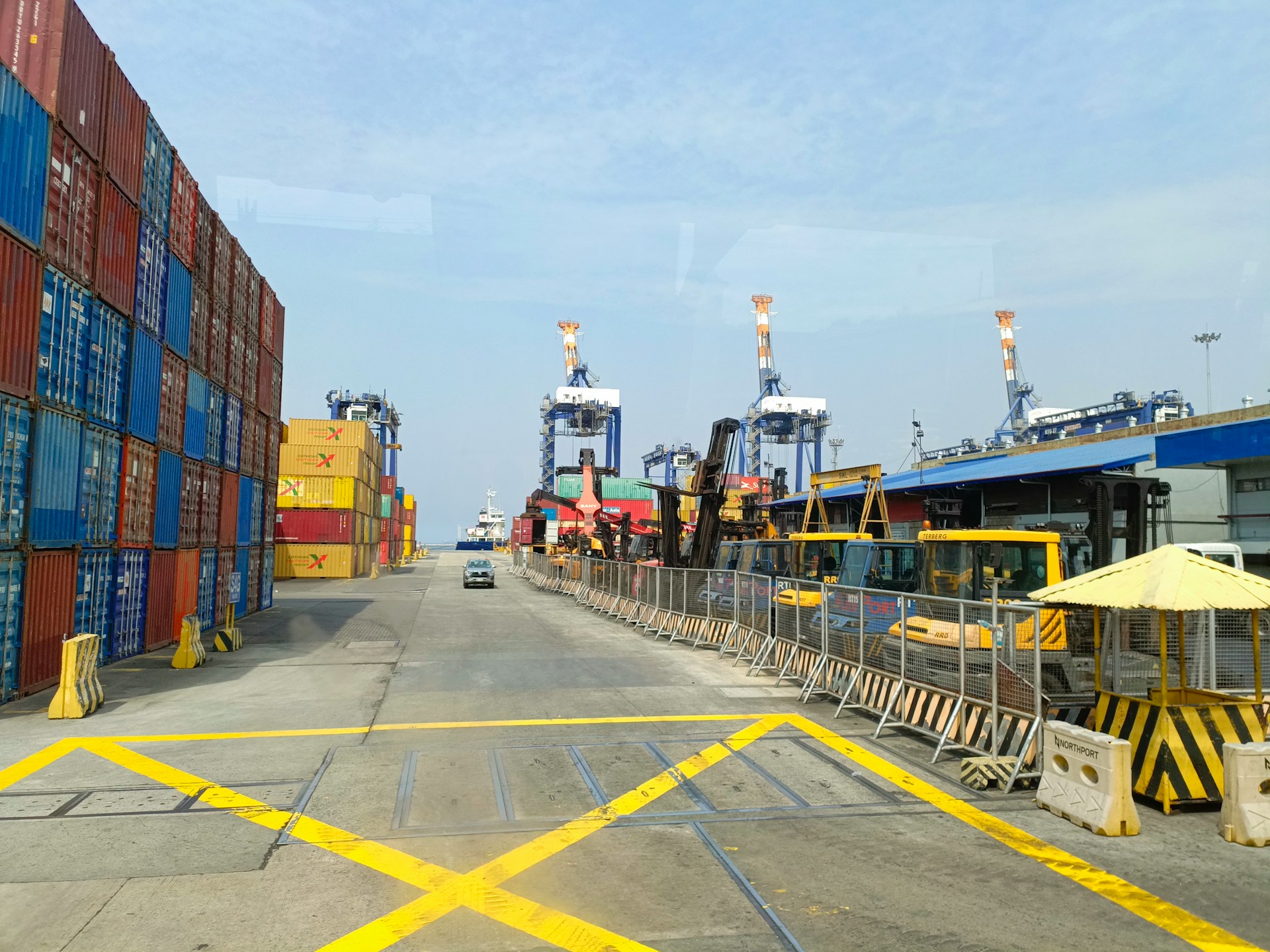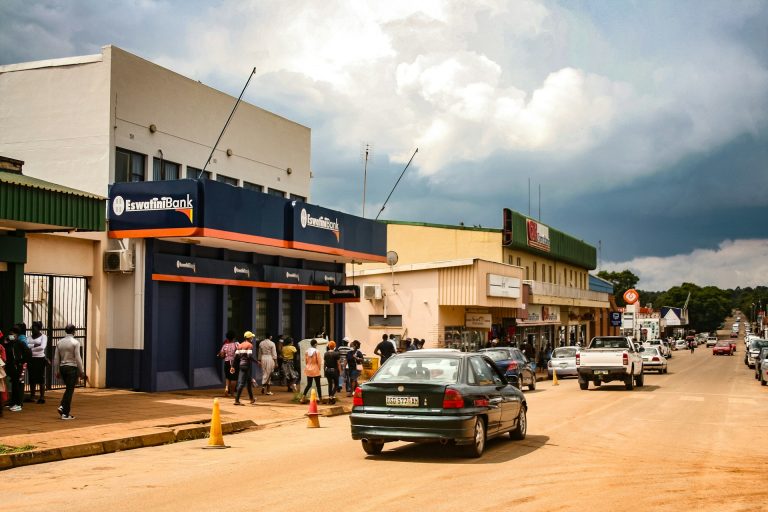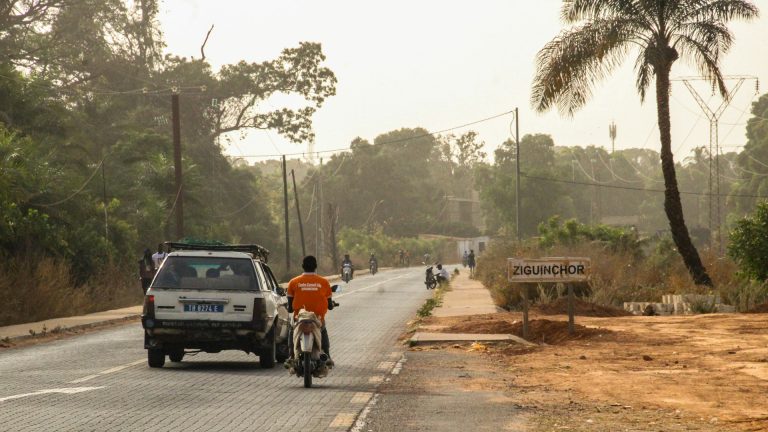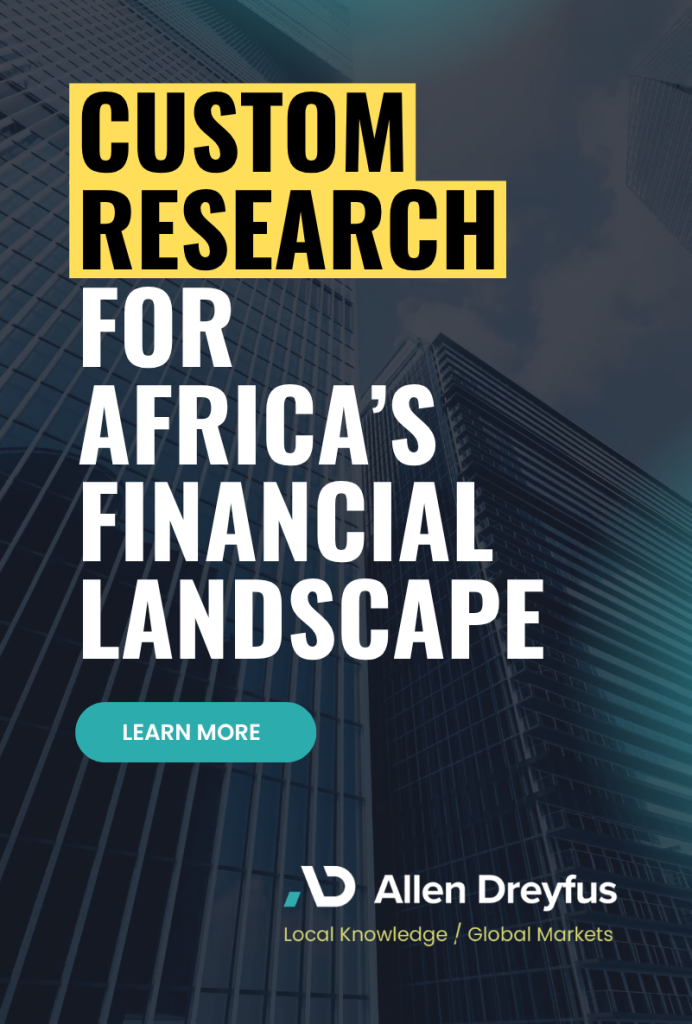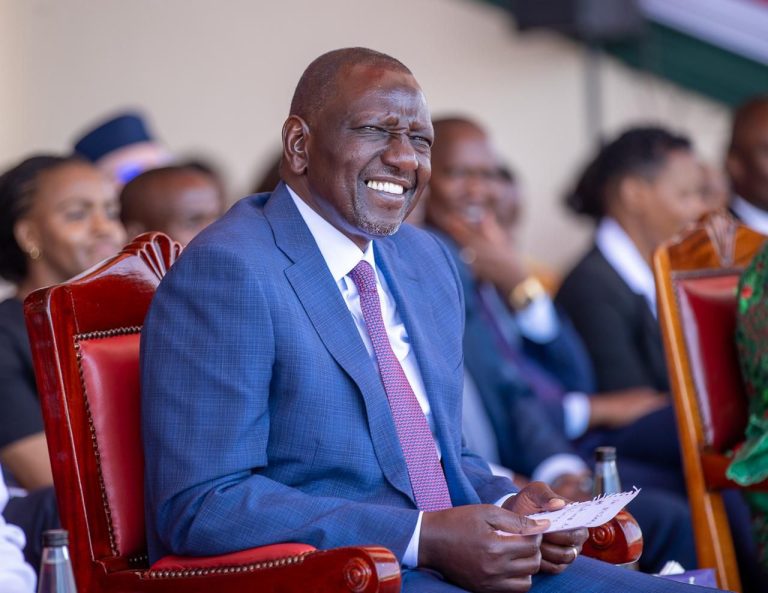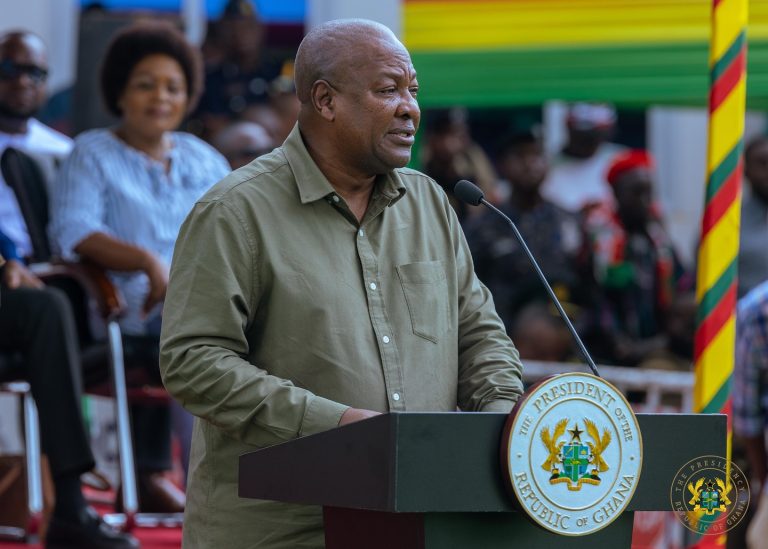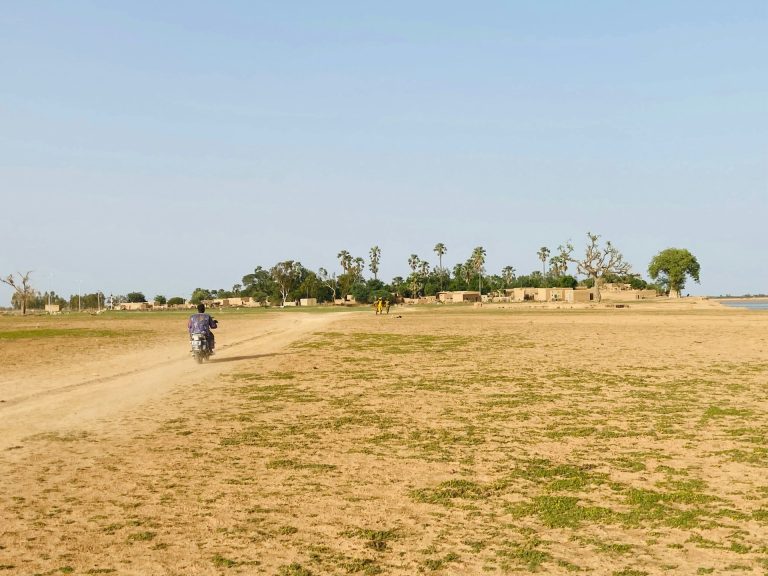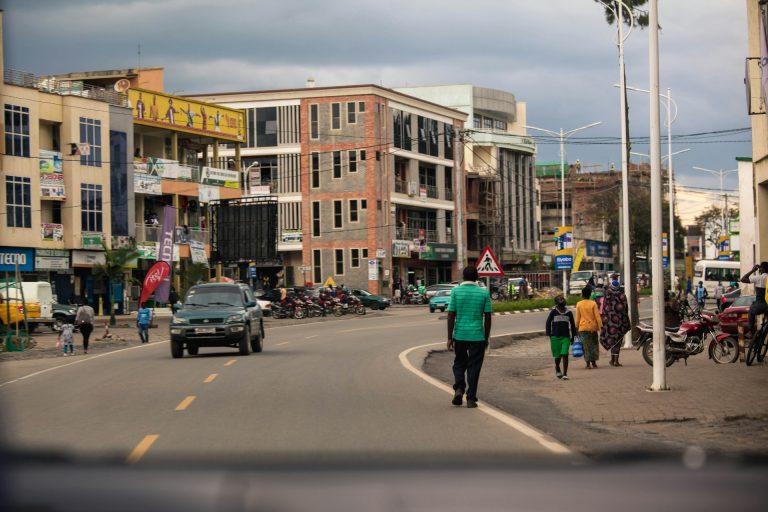- Exports and imports fall sharply in August, signalling slowdown risks
- Expert warns dependence on oil, gas and gold threatens trade resilience
DAKAR, SENEGAL – Senegal’s foreign trade suffered a rare double decline in August, with both exports and imports falling simultaneously – an unusual occurrence for the West African economy.
Exports stood at 404.7 billion CFA francs ($653 million), down 6.3% from 431.9 billion CFA francs in July, while imports dropped by 18.6% to 517.5 billion CFA francs ($834 million) from 635.6 billion CFA francs, according to official data released last week.
Economic analyst Alpha Pathé Bâ said the contraction may be linked to temporary technical issues in the country’s key oil and gas projects, which are expected to transform Senegal’s trade profile.
“There may be planned technical maintenance. This is the most common and likely cause,” Bâ told Allen Dreyfus. “Oil and gas installations, especially in the start-up phase, require periodic technical shutdowns for inspection, maintenance and optimisation.”
He added that adverse weather conditions may have compounded the slowdown. “The August–September period still corresponds to the rainy season and can experience bad weather at sea that disrupts offshore operations — evacuation of personnel, stopping of loadings,” he said.
Oil and gas dependency under scrutiny
Senegal’s economy is counting heavily on its offshore energy projects – notably the Grand Tortue Ahmeyim (GTA) and Sangomar fields – to boost exports and narrow a persistent trade deficit. Any slowdown in these ventures, analysts warn, could ripple through foreign trade and fiscal balances.
Bâ also pointed to foreign currency constraints as a factor affecting imports. “The theory is that a strong CFA franc, because it is pegged to a strong euro, should facilitate imports,” he said. “But in reality, the country’s trade deficit leads to a shortage of foreign currency on the local market. This shortage becomes a bottleneck that makes access to foreign currency difficult for importers, negating the theoretical advantage of the fixed exchange rate.”
He explained that while the CFA franc’s strength should ideally lower import costs, the scarcity of U.S. dollars and euros – essential for global trade settlements – is creating friction for Senegalese importers.
Central bank reserves provide buffer
Despite the monthly slump, Bâ believes the Central Bank of West African States (BCEAO) has ample reserves to absorb the shock. “Based on the known situation of BCEAO reserves, the institution has more than sufficient absorption capacity to face a difficult month for Senegalese foreign trade,” he said. “This is precisely the reason for the existence of a central bank and a monetary union: to serve as a shield against asymmetric shocks affecting a member country.”
Still, he cautioned that the event should serve as a “warning sign” about Senegal’s economic structure. “It highlights the dependence of the Senegalese economy on export earnings from gold, phosphates, fishery products, and future hydrocarbons,” Bâ said. “The country must diversify its economy and export markets and maintain high regional foreign exchange reserves to preserve monetary stability in a volatile international context.”
For now, policymakers will be watching whether August’s slump represents a temporary technical adjustment or an early sign of a deeper slowdown as Senegal’s transition to a hydrocarbons-driven economy continues.
